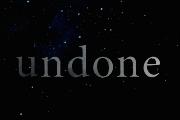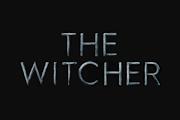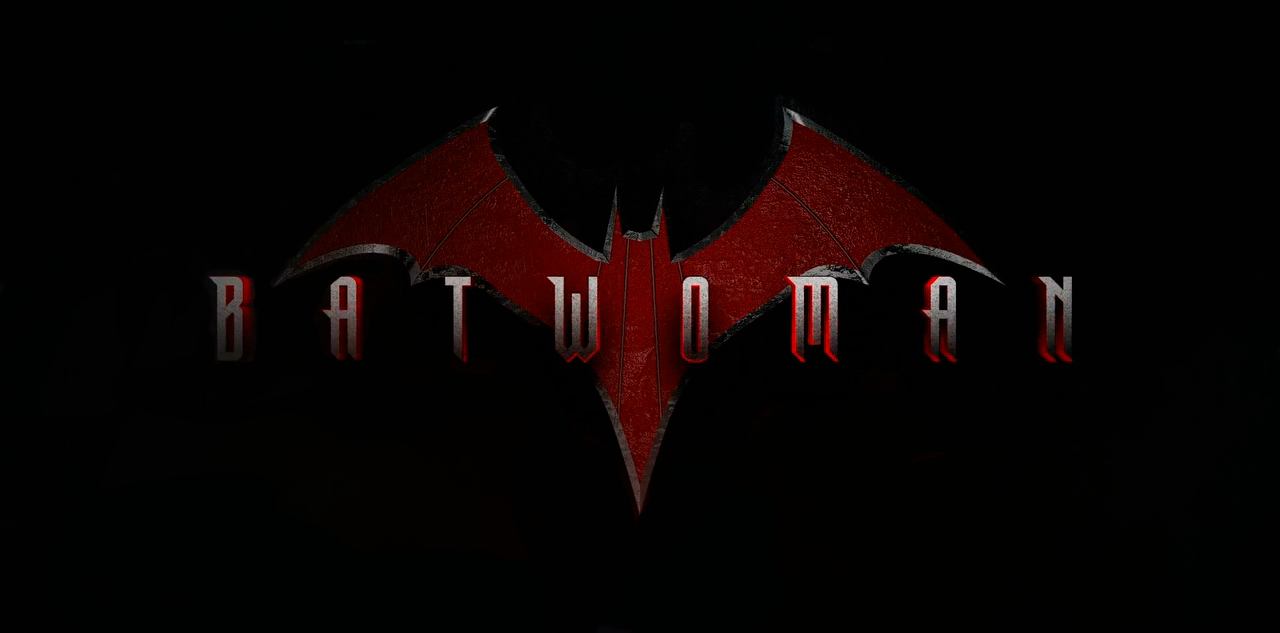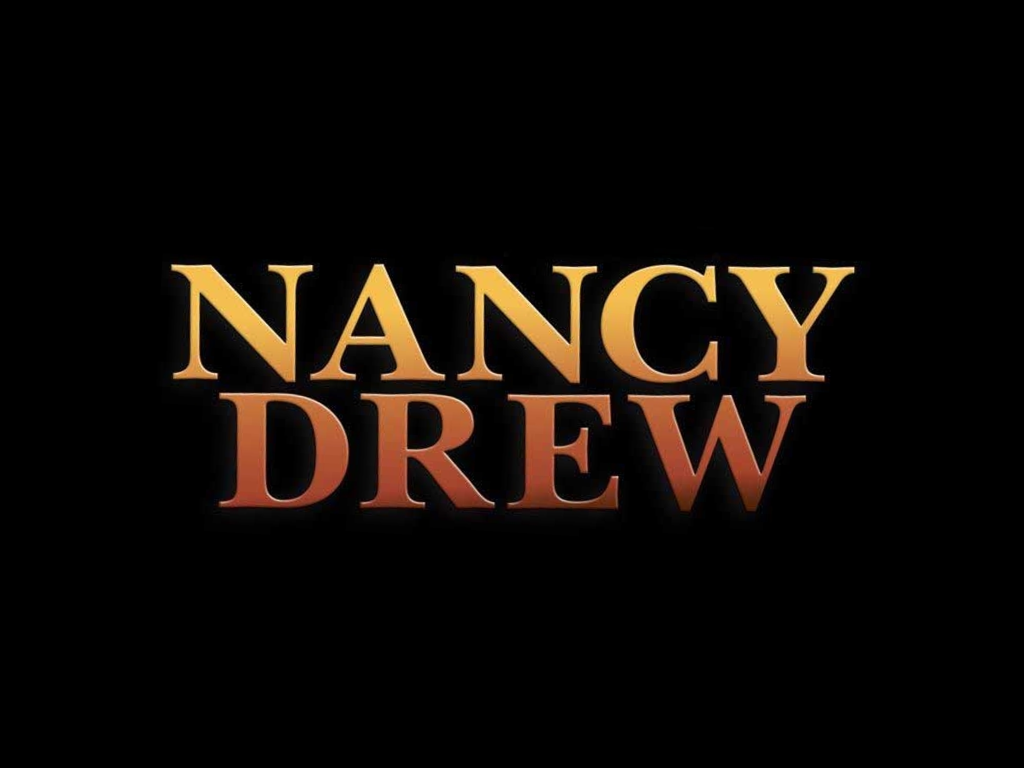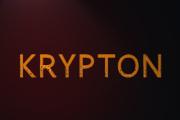

Event created by Midnight
-
Sign in to follow thisFollowers 0
Event details
The team go on a cosmic adventure, exploring one of the newestareas of modern astronomy – the search for exoplanets, thedistant bodies that orbit stars beyond our own solar system.These strange new worlds are transforming our understanding ofhow planets form, where we can look for potentially habitableones and just how unique, or not, our own Earth may be.Thiscaptivating new field intrigued presenter George Dransfield somuch that she left her secure teaching job to go back touniversity to study for a PhD, and so she was thrilled by theopportunity to travel to Germany, where ESA's Plato spacecraftis being built. This cutting-edge mission will study exoplanetslike never before. Dubbed 'the planet hunter', Plato will useits 26 cameras to scan over 2,000 sun-like stars to search forrocky Earth-like planets. With each camera capturing81.4-megapixel images, the resulting two-billion-pixel overallview will be the largest ever for a space mission. George meetsESA's Thomas Walloschek and OHB's Pablo Jorba Coloma, to talkabout the engineering challenges they have overcome, beforegoing to see the space craft in the clean room where it isbeing built.Back in the UK, Chris Lintott takes us on a quicktour through 30 years of exoplanet discovery and shares apossibly endless list of the strange new worlds that have beenfound. He also meets Dr Edward Bryant, from the University ofWarwick, whose recent discovery of planet TOI-6894 b waspublished in June. This Saturn-sized gas giant, orbiting atiny red dwarf star, defies current models of planet formationand raises new questions about how such massive planets canform around such small stars. Could our models be missingsomething fundamental?Meanwhile, Maggie Aderin-Pocock explainsthe mystery of the exoplanet Radius Valley - with the help ofsome sweets, of course! She then speaks to LarissaPalethorpe, whose PhD research in this area led to thediscovery of Gliese 12 b, the closest Earth-sized planet inthe habitable zone found to date.As ever, Pete Lawrence is onhand with practical stargazing tips for the summer months,including how to spot and photograph the 'moon illusion' - anoptical trick that makes the moon appear unusually large whenit's near the horizon. With the moon sitting low in the skyduring this phase of its 18.6-year cycle, it's the perfecttime to try capturing this stunning effect.Finally, weconclude this episode with a celebration of Chris Lintott's 25years since his first appearance on the programme.The strangenew worlds being uncovered through exoplanet research offer arich and thought-provoking glimpse into the incrediblediversity of planets across the universe and prompt us toconsider just how rare, or common, our place in it might be,and this programme takes you on a journey to explore them fromthe comfort of your own sofa!



